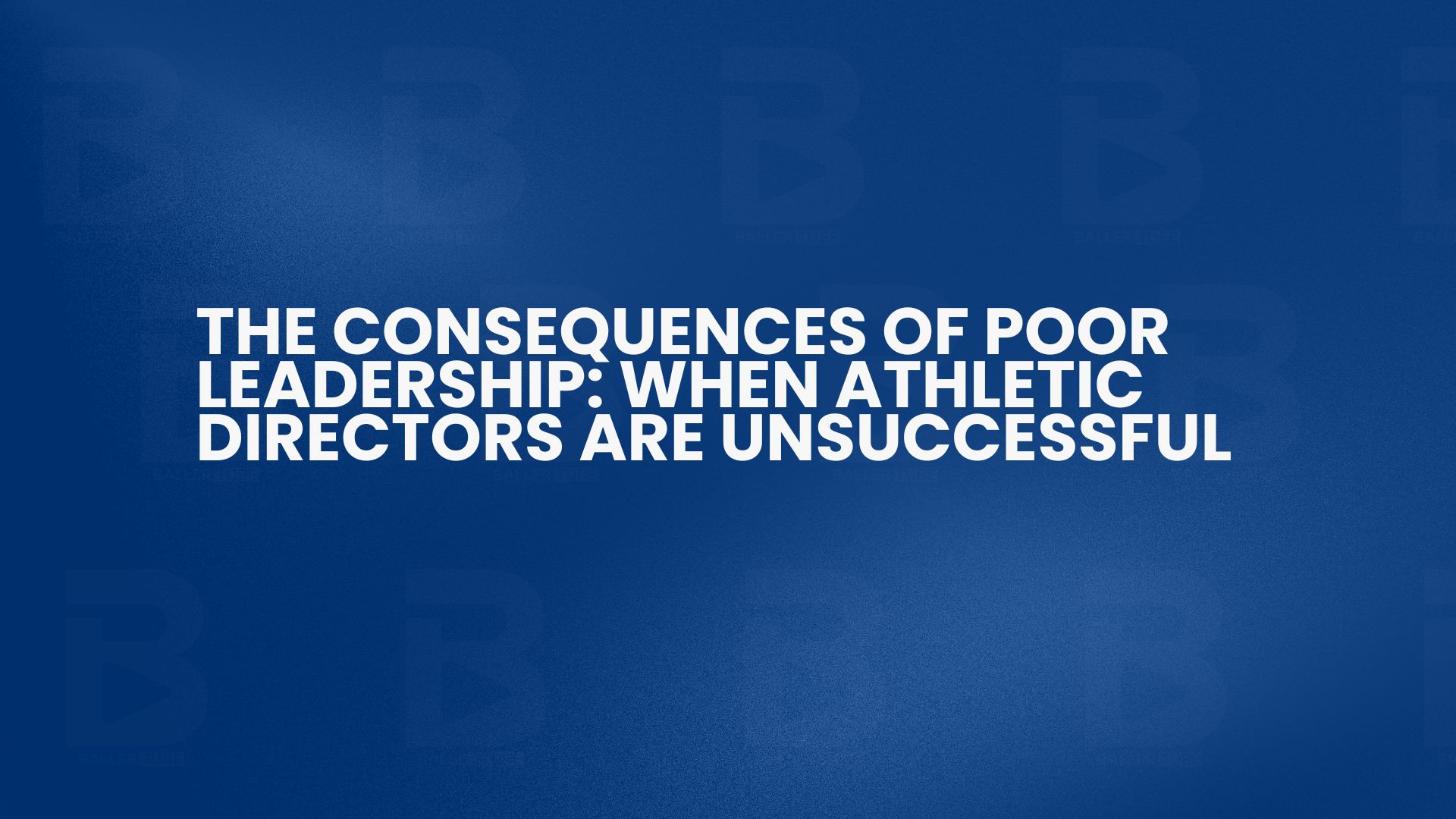With every successful athletic program, you will consistently find strong leadership led by a good Athletic Director. On the other hand, a struggling athletic program is often led by poor leadership from its Athletic Director. Poor leadership operates like a virus, spreading the illness that impacts coaches, student-athletes, and the school community. If no accountability is spotted, poor leadership from Athletic Directors can damage high school sports teams, leading to an extended rebuilding journey.
The Role of an Athletic Director
The Athletic Director plays an important role in guaranteeing the success of school sports programs. Their accountabilities include:
• Hiring and supporting coaches.
• Managing sports programs and managing budgets.
• Ensuring obedience to league laws.
• Establishing a healthy, fruitful environment for student-athletes.
• Lining up each sports program with the school’s educational mission. The top goal is to encourage growth within the sports programs and to simply impact the school community.
Traits of Poor Leadership in an Athletic Director
Certain traits of bad fruits from poor leadership can severely slow the success of an athletic program, including:
1. Poor communication and weak communication with coaches, athletes, and parents can lead to misunderstandings, mistrust, and unresolved conflicts.
2. Ignoring the Athlete’s well-being and placing wins and championships over the mental, emotional, and physical health of student-athletes will hurt the student-athletes long-term.
3. Little to no support for Coaches from Athletic Directors who fail to provide good training, resources, or administration support will leave coaches feeling devastated, unappreciated, and drained. This little to no support can result in high turnover rates among coaches and produce a poisonous environment.
4. Mishandling budgets and mismanagement of funds can create division across programs, leading to untrusted resources for some teams and favoritism toward others.
Building a positive sports culture and good leadership from an Athletic Director will provide strong communication, no favoritism, and wise decision-making. By providing healthy support to coaches, and encouraging a positive environment for student-athletes, they can create a sports culture that will benefit the entire school and its community.














 5-Year-Old King Solomon Dominates 300m Heat | Hallandale Track Club Meet March 2025
5-Year-Old King Solomon Dominates 300m Heat | Hallandale Track Club Meet March 2025









